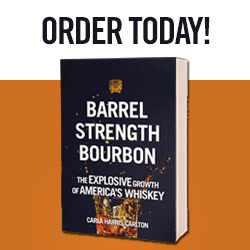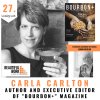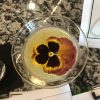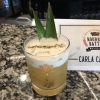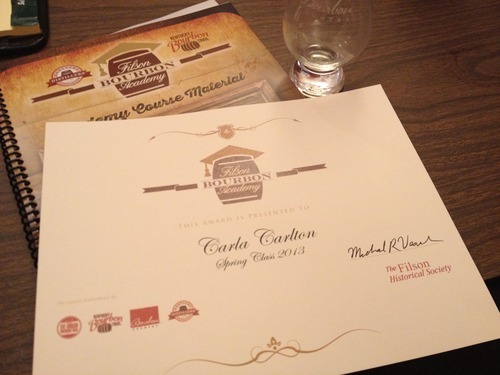
As I’ve said in this space before, I consider myself a student of bourbon. Recently, I decided to pursue an advanced degree: I attended the Filson Bourbon Academy at the Filson Historical Society in Old Louisville.
The Academy is led by the Filson’s Michael Veach, who is widely recognized as the state’s foremost authority on bourbon history. I’d heard good things about this course and was excited to finally have the chance to enroll. I have to tell you, I was a little bit anxious that I’d be the only woman in the class, but I needn’t have worried: Women took about one-third of the nearly 40 spots available. Mike said attendance by women has been steadily increasing; a session he led recently in Chicago was just about evenly divided.
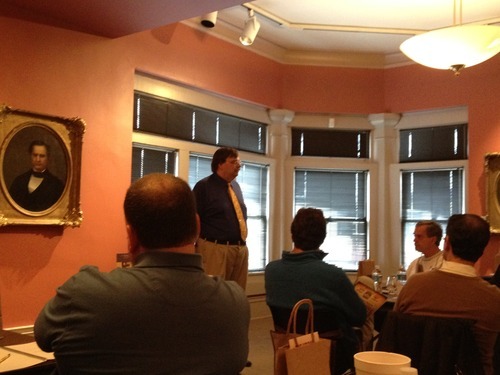
My fellow students brought a wide range of bourbon knowledge to the class, ranging from owners and bartenders at Harvest and Proof on Main to the woman sitting next to me, who had just tried bourbon for the first time when she moved to Kentucky recently from California.
The Filson Bourbon Academy was co-sponsored by the Kentucky Distillers’ Association, which underwrote our materials and provided each of us with a tote bag that said, “So many bourbons, so little time,” and by the Louisville Convention and Visitors Bureau, which supplied each of us with a nifty Glencairn tasting glass (in the photo above, with my diploma).
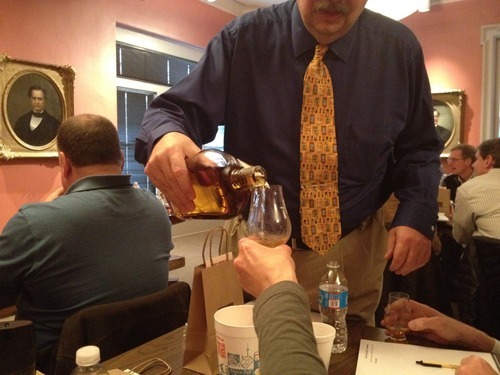
Yes, there was tasting involved. The Academy, which ran from 9 a.m. to about 4 p.m. (we were obviously advanced, as we finished up about an hour earlier than scheduled), was divided into four sessions of history interspersed with four tastings: traditional (Early Times 354) and wheated bourbon (Maker’s Mark); Tennessee whiskey (Dickel) and rye (Bulleit); single barrel (Four Roses) and small batch (Old Pogue); and finally a blind tasting to test our new knowledge. (Check out Mike’s cool bourbon tie in the photo above. The tie clip once belonged to Julian Van Winkle Jr.)
Mike spent a little time at the beginning of the day talking about how bourbon is made, but what was most fascinating was learning about the role it played in the history and development of the young United States of America, particularly Kentucky. From whiskey’s beginnings as currency to its current economic-development role, Mike took us from the 1700s to today.
Even though most of us (full disclosure: including me) failed our final exam (the blind tasting was Wild Turkey 81), we all graduated and received our diplomas. I’ll be sharing more tidbits from the Academy in the blog in coming weeks, but if you want the rest of the story, I encourage you to enroll in the Filson Bourbon Academy yourself ($100). It’s offered on two Saturdays a year, in the spring and fall. Mike may add a third session on a weekday this year. Dates for that and the fall session are still to be announced; keep an eye on the Filson Historical Society’s website for details.

